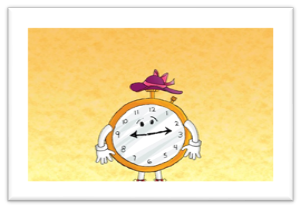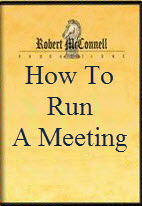Can a Member Really Talk Forever?

Little Ben says, Make a motion to close debate.
How many times have you attended a meeting where one person drones on forever? Or the assembly keeps rehashing the issue? Or we might say “beating the dead horse?” (No disrespect to horses, of course.) Well, there is something that you can do. You can make the motion to close debate. It called “the previous question.” (By the way this term did come from the British parliament in the 1600’s and is still used today.) All you need to do is to make the motion to close debate or previous question. Just say “I move the previous question.” Or “I move to close debate.” This motion is not debatable. That means once another member seconds the motion, the president calls for a rising vote. The President states, “All those in favor of closing debate, please rise.” (The members need to rise because this vote requires a two thirds vote. This the only way the presiding officer can tell how many have voted on each side.) Then he states “be seated. All those opposed please rise. Be seated.” The president then announces the vote. Either the affirmative has it and debate is closed. That means no more discussing the issue. Or the negative has it the debate continues. (Let’s hope not.) Once debate is closed the president immediately takes the vote on the motion under discussion.
Warning point. Often when someone makes the motion to close debate, the president thinks debate is closed and begins to take the vote. This is not correct. The members must first adopt the motion to close debate and then the members can vote on the motion.
Answer: No, members can’t talk forever. But someone must stop it by making the motion to close debate.
